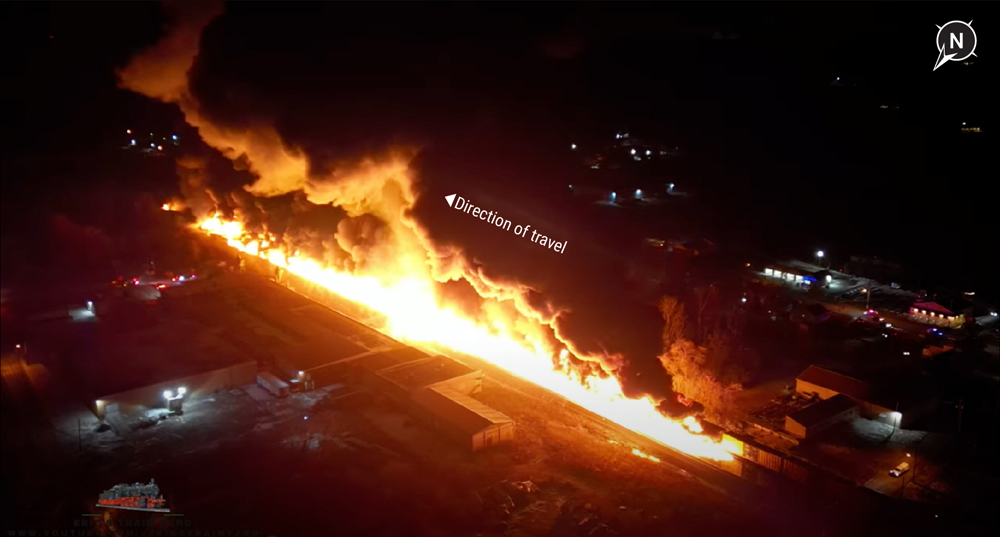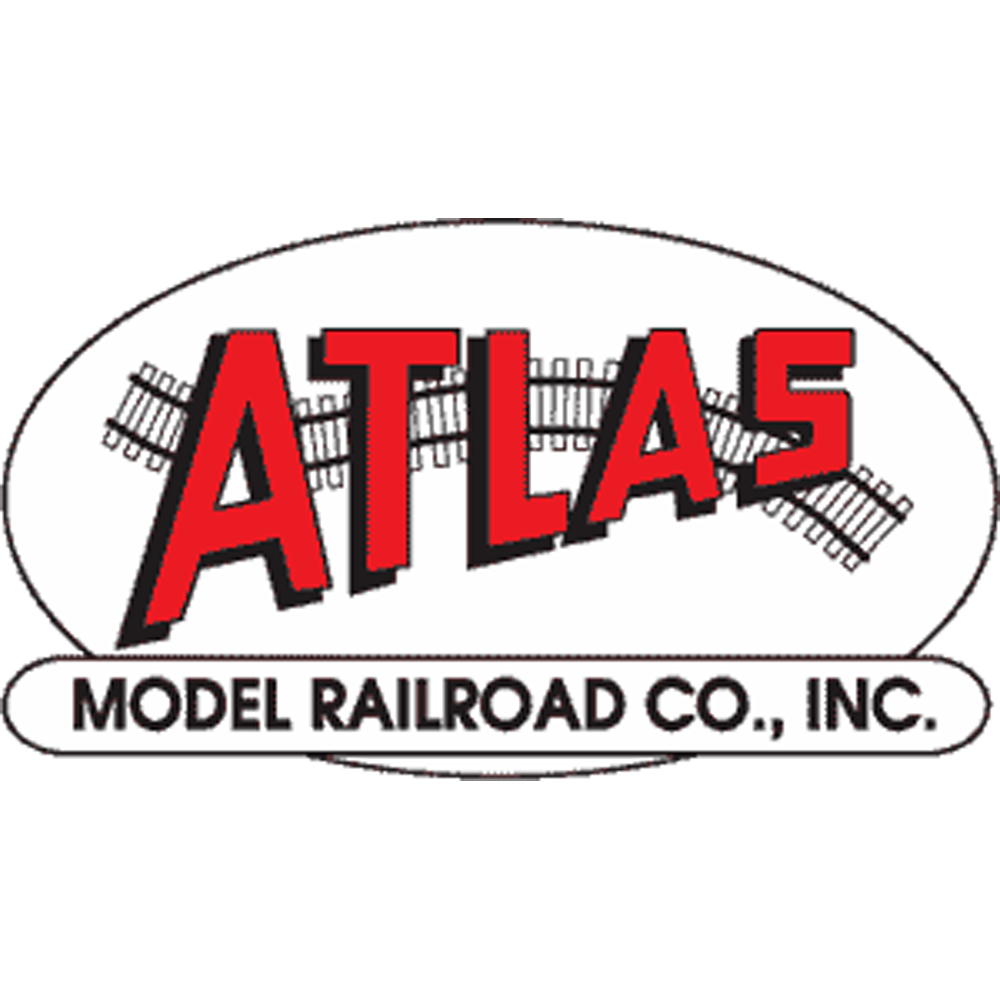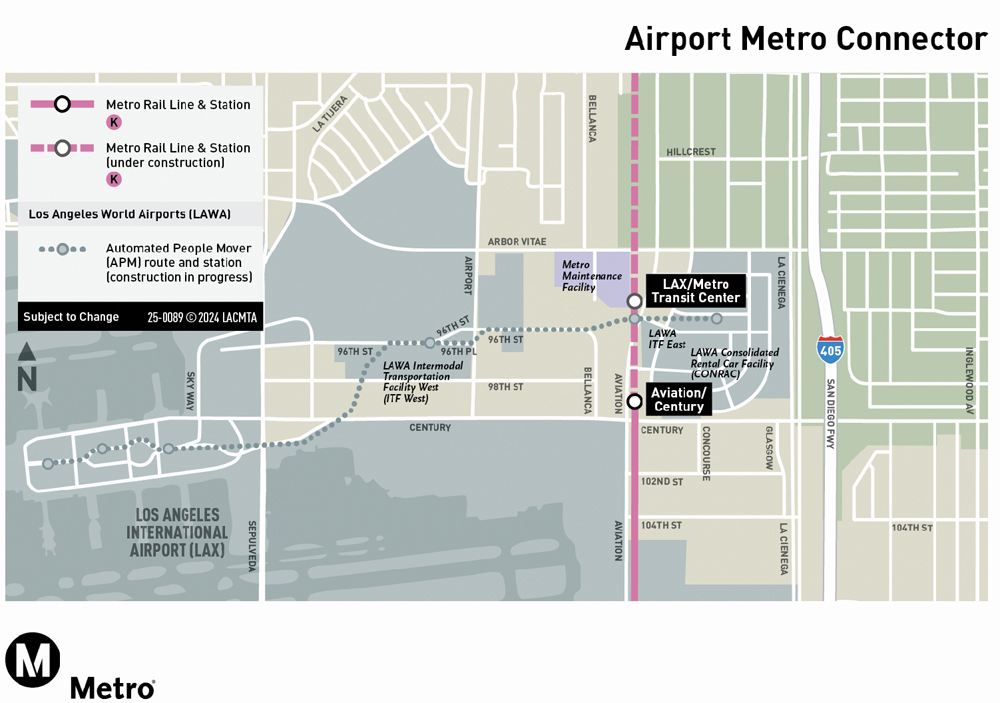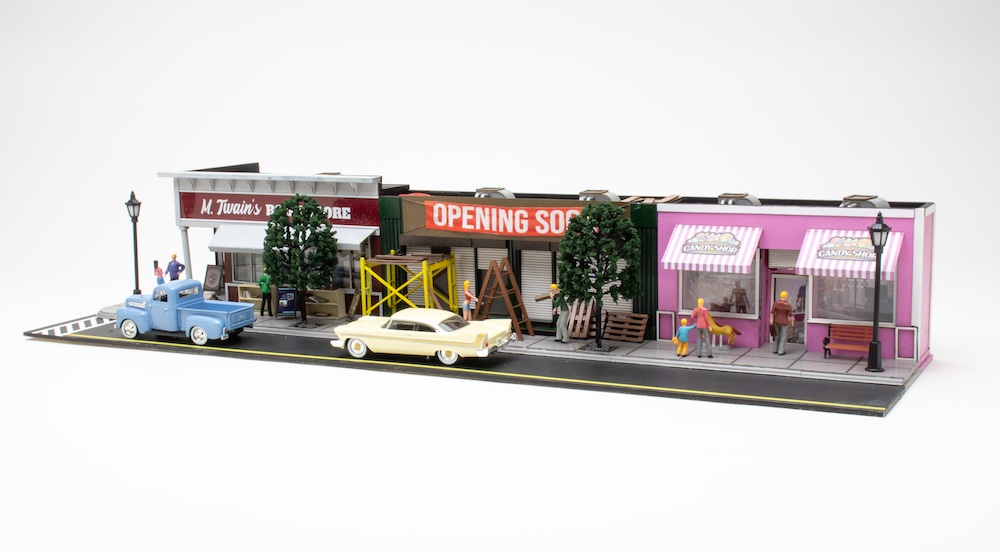
WASHINGTON — The Federal Railroad Administration’s report on the Norfolk Southern hazardous materials derailment in East Palestine, Ohio, reached the same conclusions as the National Transportation Safety Board’s broader and more exhaustive probe.
But the FRA report, released on Friday afternoon, did contain some key differences.
First, the FRA did not comment on the post-derailment decision to vent and burn five tank cars that were carrying vinyl chloride. The NTSB concluded the vent and burn was not necessary, and the board was critical of the decision-making process and communication chain that involved Norfolk Southern and its contractors. NS disputes this and has stood by the decision, which it said was made to prevent a catastrophic explosion.
FRA sought to distance itself from the vent-and-burn decision. “FRA neither made, directed, nor participated in the decision to conduct a vent and burn operation, and the agency has no role or authority in such a decision,” the FRA said.
But the NTSB, in its recommendations, urged the FRA to update its vent-and-burn guidance: “Update and re-publish your 2007 vent and burn reports to include clear instructions to consult the shipper when considering a vent and burn, more comprehensive guidance on what products are candidates for a vent and burn along with what chemical and other hazards may result, and an updated process flow chart incorporating lessons from the East Palestine vent and burn; the re-published reports should identify the questions an incident commander should ask when considering a vent and burn, distinguish the meaning of the answers, and identify the resources necessary to make an informed decision.”
Second, the NTSB said no injuries were reported related to the Feb. 3, 2023, wreck that was caused by a wheel bearing failure. FRA, however, says that NS subsequently reported that 24 people — 18 civilians and six contractors — received minor injuries. FRA said the injuries were “due to inhalation hazards as a result of the fire that resulted from the derailment and subsequent hazardous materials remediation activities.”
Third, NTSB and FRA reached slightly different conclusions regarding mechanical inspections of NS train 32N.
The NTSB said there was not enough evidence to determine whether a mechanical inspection failed to identify signs of bearing failure, and that the bearing may not have been showing visible problems when the inspections were performed.
The FRA said it “took no exception” to the inspections, among other things: “FRA evaluated and took no exception to all aspects of the relevant signal and train control system; the track over which the train was traveling at the time of derailment; and the various brake tests, equipment inspections, and repairs performed on the equipment in the train’s consist prior to the derailment.”
The FRA and NTSB agreed that the wreck was caused by the catastrophic failure of an overheated wheel bearing, and that contributing factors included the railroad’s policies and procedures for identifying and acting on hot-bearing notifications, as well as the use of DOT-111 tank cars in hazardous materials service.
“FRA’s investigation and analysis of this accident determined that the probable cause of the accident was the failure of the L1 roller bearing on covered hopper car GPLX 75465. The bearing failed as a result of overheating. Potential contributing causes leading to this derailment include NS’s ATC desk processes and procedures and on-duty staffing levels in effect on Feb. 3, 2023,” the FRA said. “Additionally, FRA determined that the use of a general-purpose DOT 111 specification tank car to carry butyl acrylate, a flammable liquid, contributed to the severity of the accident, because it was not equipped with a jacket, tank head puncture resistance system, or thermal protection system. This tank car was breached, and the subsequent release and ignition of the flammable liquid initiated a pool fire that ignited other derailment debris (i.e., plastic pellets from an adjacent breached car). The debris then sustained the pool fire that impinged the tank cars containing vinyl chloride.”
The FRA said that Norfolk Southern’s hot-bearing detectors were working as designed when train 32N passed over them. But the report said that the derailment might have been prevented had Norfolk Southern’s procedures required the advanced train control desk to notify the crew after one of the detectors recorded a non-critical temperature alert on the bearing that caused the derailment 19 miles later.
“Had there been a requirement for the train crew to stop and inspect the train following the issuance of the 953 alert, the crew may have identified the failing L1 roller bearing on GPLX 75465 before the derailment occurred,” the FRA said. “Additionally, NS’s policy of staffing the ATC desk with only one analyst each 12-hour shift may have contributed to the 953 alert going unnoticed. Staffing the ATC desk with adequate personnel commensurate with the normal workload may have allowed proper attention to be paid to all incoming alerts.”
The FRA does not regulate wayside detectors, but the agency urged Congress to give it the authority to do so. The Rail Safety Act, which has been introduced in the Senate and House, does contain a wayside detector regulation provision.
The FRA’s Railroad Safety Advisory Committee is reviewing current industry practices relating to wayside detectors.
NS subsequently tightened its hot-bearing temperature alert thresholds and made other improvements to the way it handles alarms raised by wayside detectors. The railroad also has installed 187 additional hot-bearing detectors to reduce average spacing to 12 miles on busy routes and quadrupled the number of acoustic bearing detectors that can warn of a problem long before overheating becomes an issue.














Sure, NTSB, always lots of time to consult a shipper when you already have a fire threatening loaded tank cars. Perhaps better if they at least included the words “when possible”.